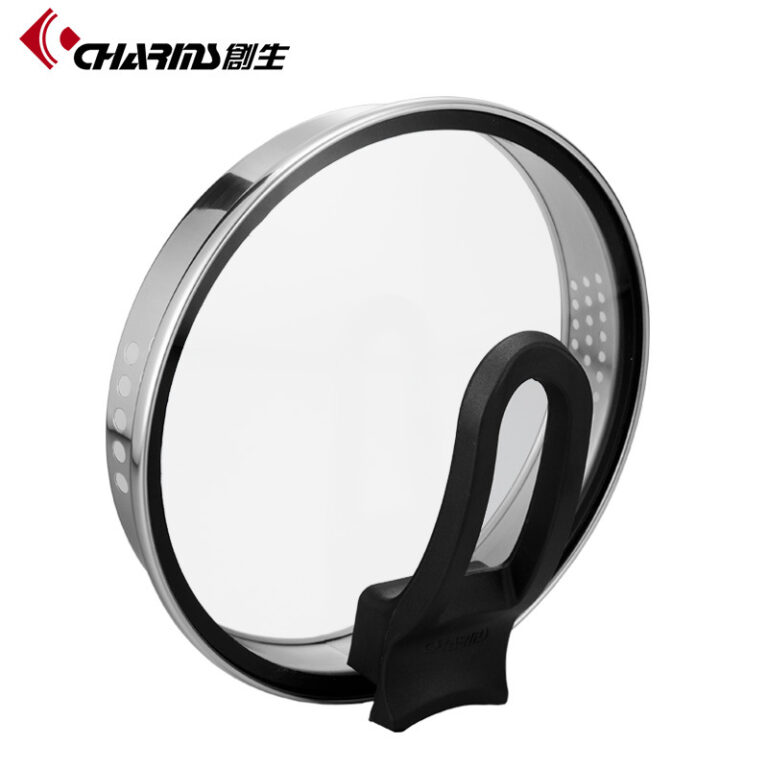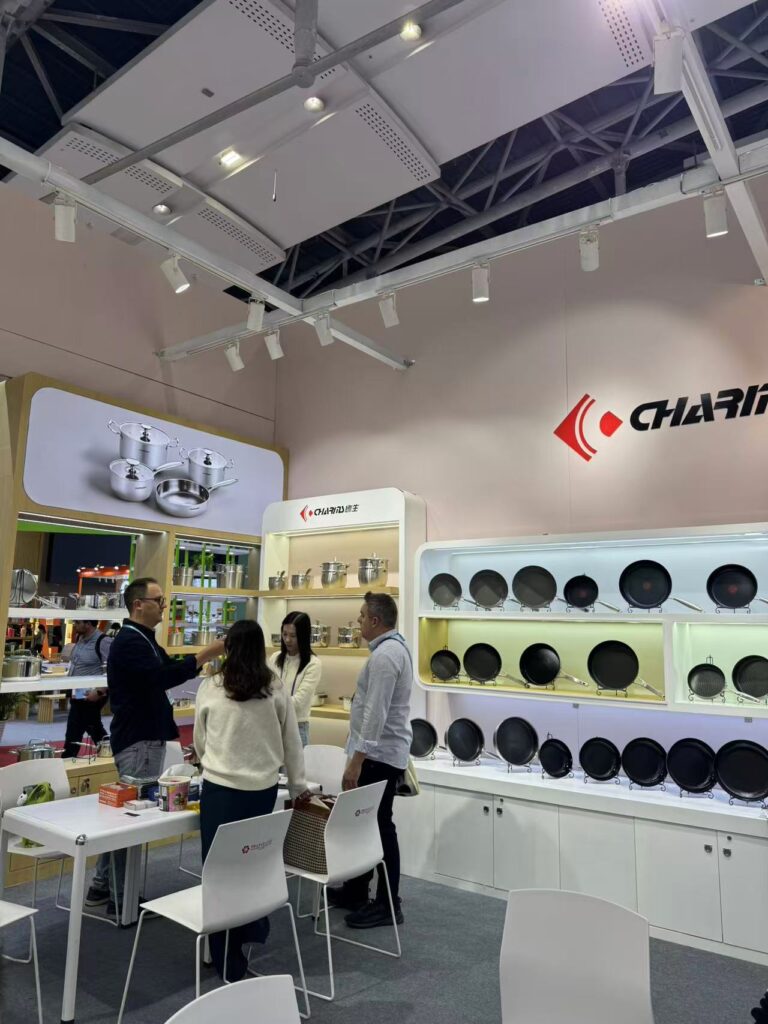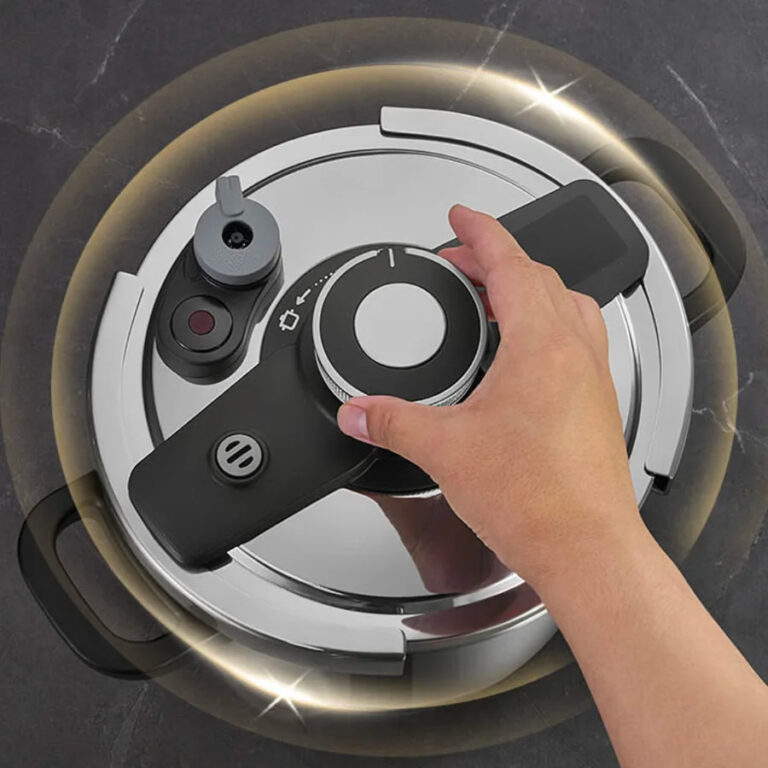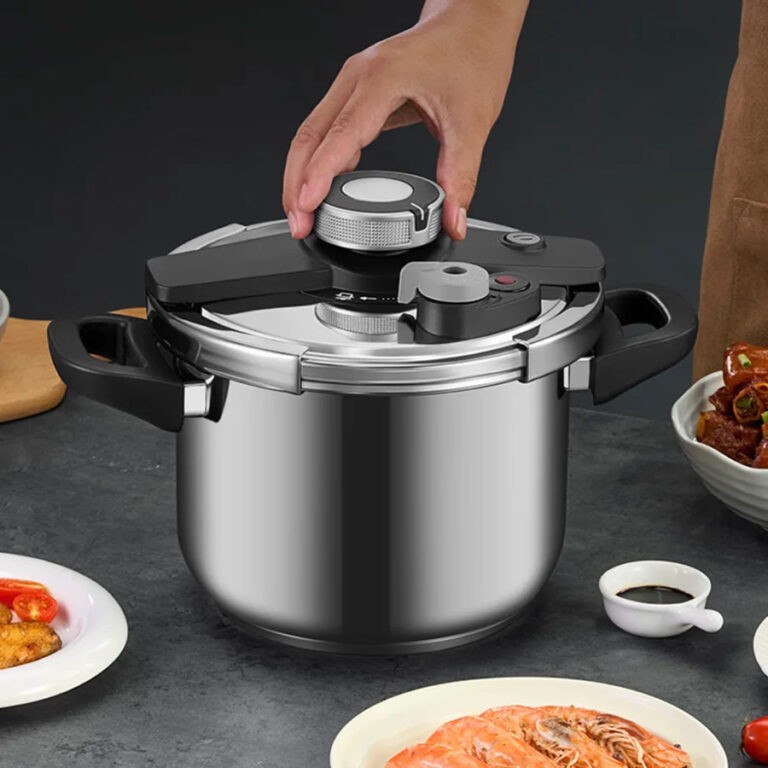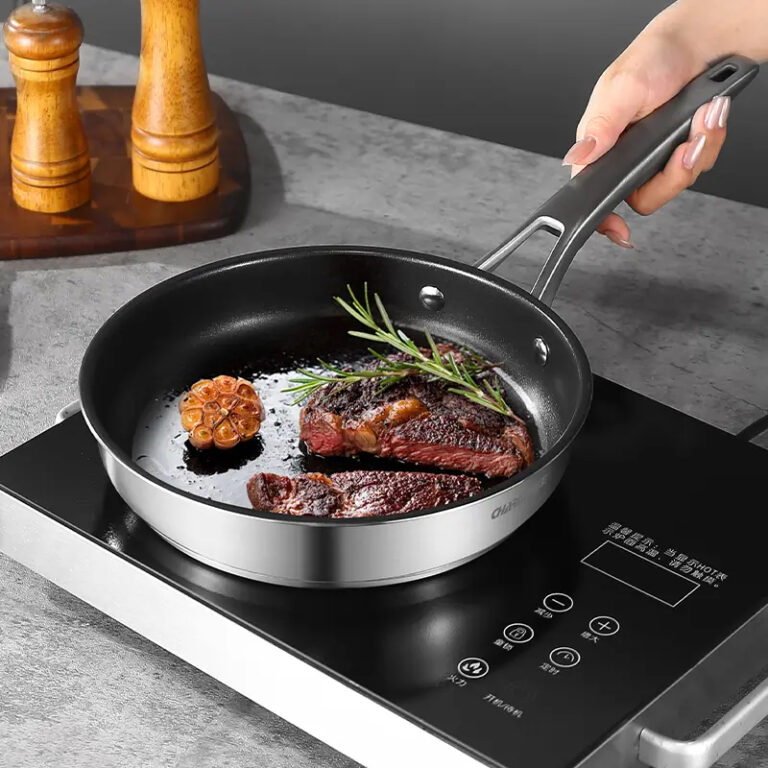In factories or food processing workshops, one often encounters a rather perplexing question: Should ordinary stainless steel be used, or should food-grade stainless steel be used? On the surface, it’s just a matter of different materials, but to put it bluntly, this choice directly affects whether the product can be consumed with confidence, whether the enterprise will be held accountable in the future, and even whether its reputation will collapse.
Nowadays, food safety requirements are becoming increasingly strict. Random inspections and exposures occur frequently. Many brands have gradually realized that choosing what materials to use is not a simple matter of calculation. Saving money is one thing, but if a safety accident occurs due to the pursuit of cheapness, the cost and trouble of remediation later will be much worse than the money saved at the beginning.
So, we need to make a real comparison to see when ordinary stainless steel can still be passable and when food-grade is the hard and fast rule. This way, you have a clear idea and won’t fall into traps when doing projects.
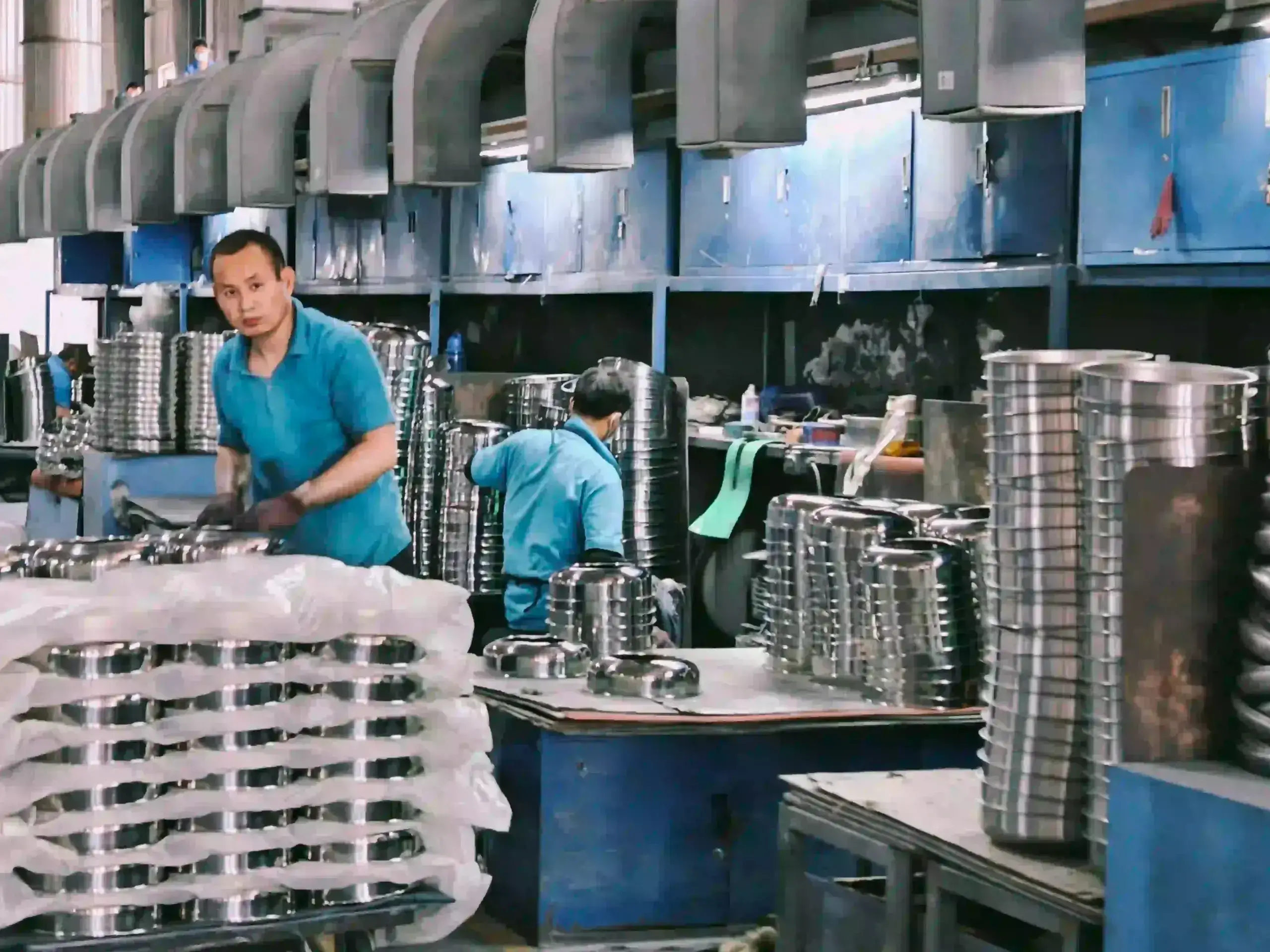
Table of Contents
Toggle1. What is ordinary stainless steel?
Stainless steel is actually an alloy made by adding a little chromium to iron and then blending it with some other metals. Its strength lies in being less prone to corrosion and having a higher hardness than ordinary steel. That’s why you can encounter it everywhere on the streets and lanes: the facades of buildings, the handrails of subways, hospital equipment, and even parts of buses.
However, “ordinary stainless steel” doesn’t mean it’s bad; it’s just that it’s designed for everyday scenarios. Models like 201, 202 and 430 can be found on bridge guardrails, chemical equipment, and even beside escalators in shopping malls. They can definitely withstand small scenarios like rain and damp air. But if you want to use them directly to make water cups or kitchen knives, that’s not appropriate, because some of the elements inside might get into the food.
Take subway stations as an example. 201 stainless steel is usually used for the railings. The reason is simple: it is cheap, strong and has little impact on environmental humidity. But if you have a 201 stainless steel knife in your kitchen, the vegetables you cut might not be so reassuring.
2. What is food-grade stainless steel?
Food-grade stainless steel, to put it simply, is a material that can be safely in contact with food and is less likely to release any miscellaneous substances. It has to pass various standard tests. The US FDA, the EU LFGB, and China’s GB4806.9-2016 all have clear requirements, such as the proportion of components, corrosion resistance, and whether heavy metals can escape, etc.
The most frequently heard ones in daily life are 304 and 316. 304 is the common “18/8”, with a slightly higher content of chromium and nickel in its composition. It has good corrosion resistance and is mostly used in tableware, water cups, and woks. 316 is more hardcore than it. Because it contains more molybdenum, it can withstand the high salt content in places like the seaside. Therefore, medical devices and high-end kitchenware tend to prefer it.
For instance, there is a company that makes coffee machines. Previously, it used 201 stainless steel as the inner liner. As a result, coffee contains a lot of acidic substances. Over time, the inner liner is corroded, which not only affects the taste but also makes it unsafe. Later, it was changed to 304 food-grade stainless steel, and the problem was solved. We also obtained the EU LFGB certification incidentally, making our products sell better abroad.
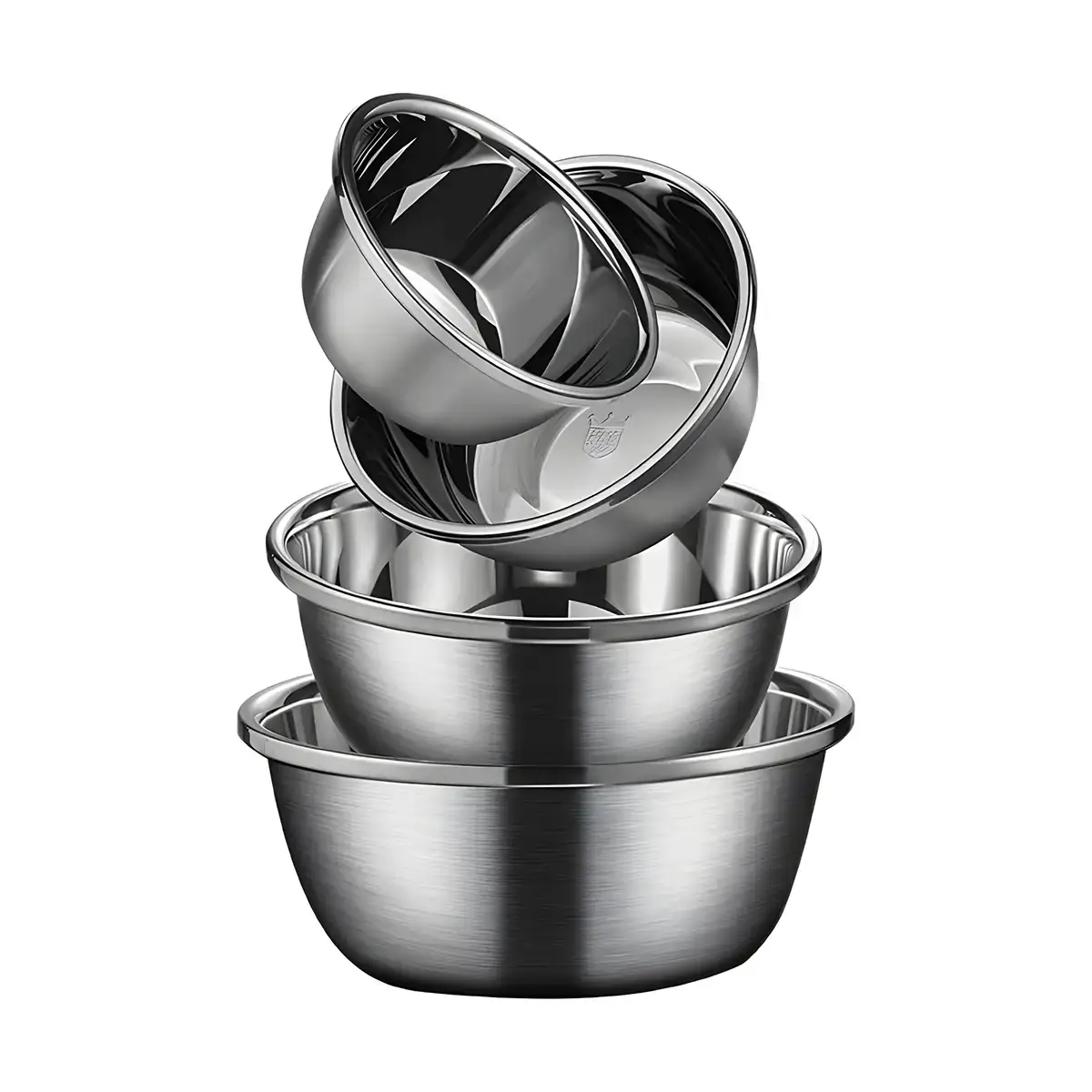
3. What are the special requirements for the corrosion resistance and safety of food-grade stainless steel?
Food-grade stainless steel isn’t just “tougher”—there are a few extra boxes it has to tick:
-
Heavy metal control: Elements like nickel and chromium can’t just leak out. For example, the GB standard sets the nickel migration limit at 0.1 mg/L.
-
Acid and alkali resistance: Cooking often creates acidic or alkaline conditions—think tomatoes, lemon juice, soy sauce, vinegar. Regular stainless steel can corrode in that environment, but food-grade stainless steel needs to hold up long-term.
-
High-temperature stability: When you’re steaming or frying at high heat, the material shouldn’t break down or release anything harmful.
-
Surface finish matters: Food-grade stainless steel usually gets a finer polish, so the surface is smoother. That makes it harder for bacteria or grease to stick, which is basically a hygiene must.
4. Why is food-grade stainless steel a must for food processing, tableware, and kitchenware?
Food safety is at the heart of consumer health. For businesses, using non-compliant stainless steel doesn’t just lower product quality—it can easily turn into a legal or brand nightmare.
-
Health risks: If heavy metals from regular stainless steel leach into food, it can lead to chronic poisoning or trigger allergic reactions.
-
Brand damage: Once a product is flagged as non-compliant, expect media exposure and a serious loss of consumer trust.
-
Regulatory compliance: Many countries have strict testing rules for imported kitchen products, and anything short of food-grade stainless steel is unlikely to pass.
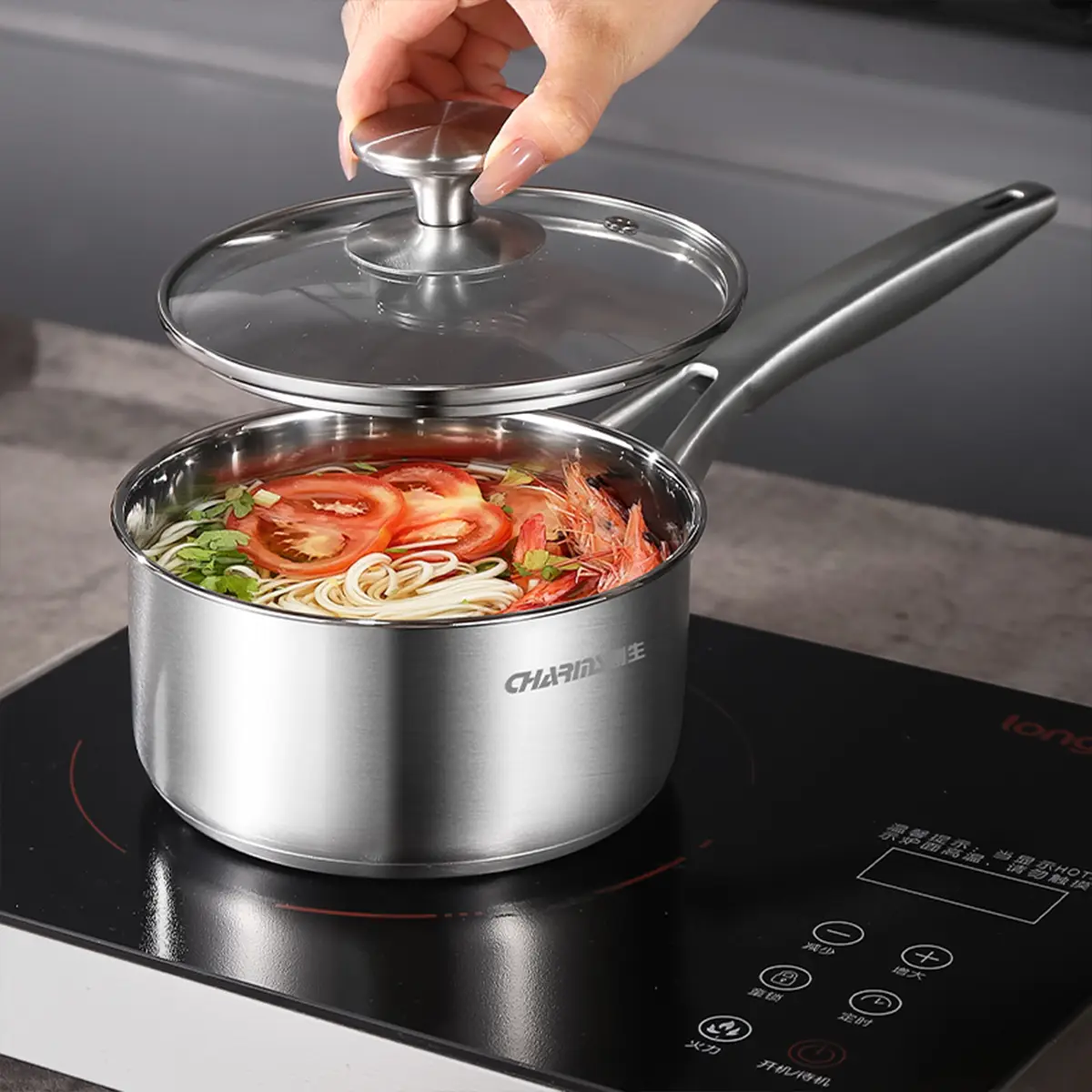
5. Comparison between Regular Stainless Steel and Food Grade Stainless Steel
| Characteristic | Regular Stainless Steel | Food Grade Stainless Steel |
|---|---|---|
| Composition Stability | General | Strictly controlled, low migration |
| Corrosion Resistance | Moderate | High, resistant to acids and alkalis |
| Application Scenarios | Construction, decoration, industrial use | Tableware, cookware, food machinery |
| Surface Treatment | Standard finishing | Fine polishing, resistant to bacterial residue |
| Cost | Lower | Higher, but safe and reliable |
| Compliance | No food contact certification | Meets international food contact standards |
6. How to choose the right food-grade stainless steel for your project?
It really depends on a few key factors:
-
What it touches:If it’s mostly water or rice, 304 will do the job. But if you’re dealing with salty or acidic foods, 316 is the safer bet.
-
Where it’s used: For a regular home kitchen, 304 is the go-to. In food factories or medical settings, 316 makes more sense.
-
Certification needs: Planning to export to the EU or the U.S.? Then you’ll need materials that meet LFGB or FDA standards.
-
Balancing cost and lifespan :Sure, 316 is pricier. But in highly corrosive environments, it saves you money over time by cutting down on repairs and replacements.
Here, you can find a list of top cookware wholesale manufacturers in China: CharmsCook – Top 10 Cookware Wholesale Manufacturers in China

7.Conclusion
The difference between food-grade stainless steel and regular stainless steel isn’t just about the “material” itself—it’s about food safety, resistance to corrosion, and meeting compliance standards. For companies in food processing, restaurants, or kitchenware manufacturing, choosing the right stainless steel isn’t optional; it’s a core decision that directly affects brand reputation and long-term growth.
Regular stainless steel works fine for industrial and structural use, but when it comes to tableware, cookware, or food machinery, food-grade stainless steel is the only real choice. Companies that stick to strict material standards are the ones that earn market trust—and, more importantly, consumer confidence.
If you are looking for high-quality stainless steel cookware or customized kitchen solutions, please feel free to contact us at CharmsCook. Our team is ready to provide you with professional consultation, reliable products, and efficient service.


